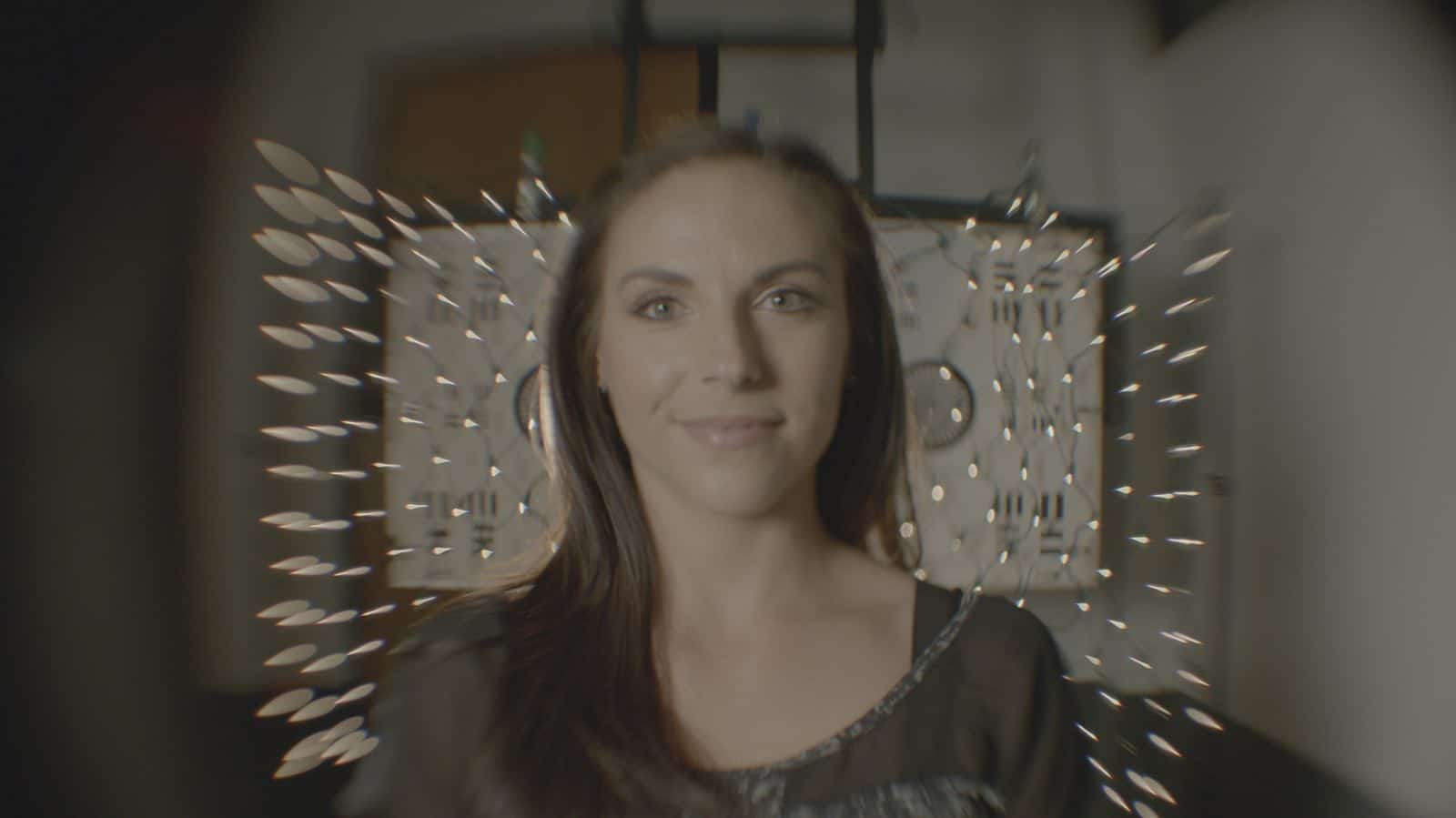
However, without moving the camera, as we go to longer and longer lenses, the angle-of-view becomes narrower, making the subject appear larger in frame and revealing less of her surroundings.

Only the focal length changes between shots.Īs you can see, wide lenses have a wide angle-of-view, revealing a lot of the subject and her surroundings. In these shots the distance between the camera and the subject remains constant. This is demonstrated in section 1 of the video. Thanks to the camera-inquisitive directors Aaron Wright and Bryce McGuire for helping out, and Kelly for modeling her new bangs.Īs I mentioned before, focal length directly affects the framing of the shot. This demonstration was shot on the ALEXA with my set of Zeiss Standard Speeds, which includes six lenses, a 16mm, 24mm, 32mm, 50mm, 85mm, and 100mm. Watch the following video to see the effects of focal length in action, then continue reading for further explanation. Lenses with focal lengths shorter than 50mm are considered wide lenses, and those with longer focal lengths are called long lenses. On super 35mm film, or an equivalent-sized sensor, such as on the ALEXA, a 50mm lens is typically considered a “normal lens.” This is because the perspective of a 50mm lens closely resembles that of the human eye. Focal length is typically measured in millimeters, and is the primary defining trait of a lens. Without getting too technical, focal length can be defined as the distance between the optical center of the lens and the image plane (the sensor or film) when the lens is focused at infinity. This choice both sets the frame of the shot, what is included and what is excluded, as well as the depth of the shot, the relationship between and visual components of the shot and the sense of 3-dimensional space. The choice of focal length for a shot is almost always a joint decision between the director and cinematographer, if not dictated by the director. As such, it is probably the aspect of cinematography about which the director should be most knowledgeable, particularly in regards to focal length.

The lens is the eye through which everything that appears in front of the camera, the acting, the set design, the lighting, is seen. One of the most foundational aspects of cinematography is the lens. My goal is to help new directors get up to speed, or provide a refresher for those that may have more experience, so that they can more effectively communicate with their cinematographer and better craft a film that is in line with their vision. I intend to approach these concepts from a story perspective as opposed to an overly technical one.
#ROGER DEAKINS CINEMATOGRAPHY LENS LENGTH SERIES#
With that in mind, I’ve set out to write a series of articles on foundational concepts of cinematography, for directors.

Therefore, it is wise for directors to have a basic grasp of cinematographic techniques-as well as the other aspects like production design, sound, and editing-so that they can confidently and deliberately work with their collaborators to craft their vision. However, the choices the cinematographer makes regarding exposure, or his choice of bounce, or the myriad of other technical decisions ultimately have narrative and emotional impact on the film.
#ROGER DEAKINS CINEMATOGRAPHY LENS LENGTH HOW TO#
For instance, a director may never need to know how to read a waveform monitor, or the difference between griffolyn and ultrabounce. As cinematographers, we are required to fully grasp and utilize concepts and tools that may never be completely understood by other members of production. Like the other departments of film production, cinematography is a specialized field.


 0 kommentar(er)
0 kommentar(er)
